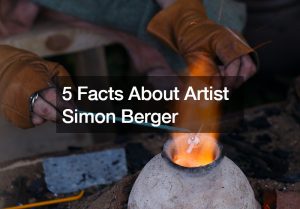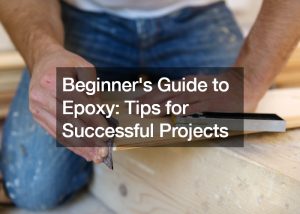Being an artist is expensive, whether you do traditional or digital art. You need your materials, mediums, and, most importantly, your creativity. However, there’s one more important thing artists need, especially when going pro: a good marketing plan. While you may have your creative plan down, maximizing your full potential and the potential of your business involves creating an effective marketing plan that helps you attract more clients and sell your work more efficiently.
Whether you’re new to the professional art scene or a veteran artist looking to improve your marketing strategy, here are a few helpful tips!
Build Your Portfolio
The first and most crucial step to promoting your artwork is building a portfolio. While this sounds relatively easy, many steps go into making your portfolio effective and engaging, and it comes in very handy when you’re networking, applying for a grant, or even joining competitions. As they say, first impressions are important, and an artist with an impressive portfolio is bound to catch the attention of anyone who comes across it.
Create a Website
Wix, GoDaddy, Squarespace — many online website builders create an engaging and effective website easier. With so many site builders to choose from, it can be hard to decide which one to use, but don’t worry. Most of them offer free trials so you can see whether the site builder has the features you need.
Another good thing about website building sites is that, aside from saving you time, they also allow you to optimize your website for mobile users. This is especially important as 90% of internet users use their smartphones to access the internet. If you’re not a fan of building your own website, social media platforms like Behance are a great way to show off your work.
Show Off Your Best Work
You might be tempted to show off all your work on your portfolio, but this can deter future clients and other viewers from taking a look at your site. The point of your portfolio is to showcase works that best represent you as an artist. Doing this will make it easier for potential clients to look through your work and give them an idea of what you can do and whether your style suits what they’re looking for.
Use SEO to Your Advantage
Search engine optimization or SEO is a marketing tool used by many businesses to make their sites more relevant in search engines. You can choose to create blog posts for your website and show viewers a behind-the-scenes look at your art process and other unique content that can help you climb up the search rankings.
Get Your Name Out There
In any industry, connecting with other people is another great way to market yourself and your skills. The same thing goes for artists. Getting involved in different projects, organizations, and events allows you to meet new people, create connections that could prove useful in the future, and learn more about the industry you want to be a part of.

Join Competitions
Competitions- they’re not only a great way to start building your reputation in the art scene, but it’s a great place to meet fellow artists and learn new things. The great thing about art competitions is that, win or lose, your art gets to be featured alongside other artists, making it an experience you can add to your portfolio.
Get Involved with the Community
Share your love for art and the community by collaborating with other artists for a cause, taking part in projects like auctions, charities, and even offering to teach basic art lessons at hospitals or community centers. Even at a time like this, you can still take part in community projects virtually.
Attend Exhibitions
Art exhibitions are the place to meet fellow artists, art fans, agents, industry professionals, and gallery owners. Even if many of these kinds of events take place virtually, you still have the opportunity to meet new people and learn more about different types of art.
Promote Your Art
As we enter the new age of the digital era, where people are spending more time at home, there’s no better place to market your artwork than online. Still, it’s also important to innovate different marketing techniques to pique the interest of potential clients and reach more people.
Show Off Your Work on Social Media
Social media is one of the best ways to promote your work, but just creating a social media account for your art isn’t enough. Use a business profile on sites like Facebook and Instagram to make your business more professional and use the analytics tools these sites offer to track your progress. It’s important to create a connection with your followers and engage content that they’ll be interested in.
You can post work-in-progress projects that you’re doing for a commission, tips that help your creative juices flow, and other content that can help you get more engagement and interest in your work. If you have the budget, you can even start a Facebook ad campaign to widen your reach.
Get Creative
While social media marketing is a great way to promote your work, innovating different ways to get people’s attention is an important aspect of art marketing. From holding a virtual class, speaking at webinars, e-mail marketing, to even using direct mail marketing services, finding unique ways to market yourself and your work is sure to pique people’s interest.
Lead Potential Clients to Your Website
When you post your content online, it’s important to have these posts lead to your website if you’ve chosen to build one. Doing this allows people to properly focus on your portfolio and what you have to offer without being bombarded with ads or other posts that may distract them.
Becoming a successful artist in the ocean of people many call the art scene is difficult. Not only do you need to master your creative skills, but you also need to have an understanding of the business side of art. Between joining competitions to taking part in community projects, all the way to creating connections to get your name out in the open, it’s important to always go back to why you’re doing what you do. Keeping all these things in mind when you’re creating your work can get tiring, but if you remember why you started and allow that to fuel your passion, you’ll get one step closer to becoming the successful artist you want to be.





